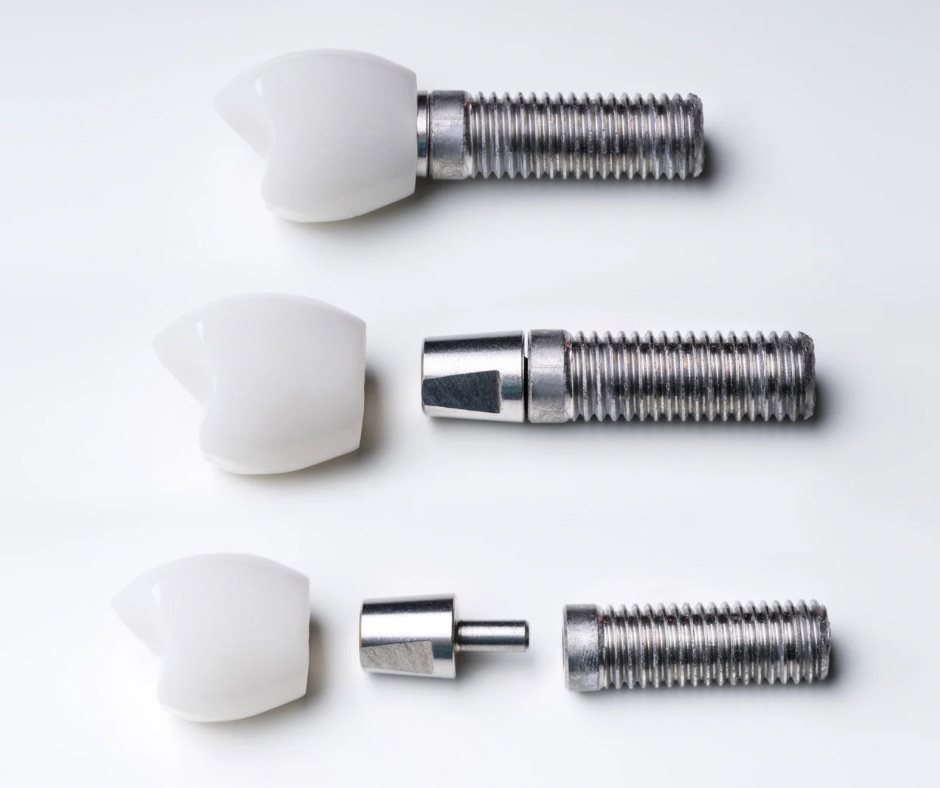Teeth are composed by several parts which together form their external structure and their nucleus, more precisely the crown and the root. They are the enamel, dentin, cementum and dental pulp. Enamel is the hardest substance in our body, being composed for the most part of calcium and for the lesser part of organic fibres. Thus, although being very resistant to fracture, it is easily damaged by acid. On the other hand, the dentin is much softer, as it is a mineralised connective tissue having more organic parts that the enamel. The pulp is even more fragile, being composed by blood vessels and nerves, but also odontoblasts, which are responsible for dentin production. The cementum is mostly similar to dentin, being a calcified tissues which provides stability to the tooth within the socket.
Each tooth has a different shape, as they serve different chewing purposes, and as such they form the dentition of the upper and lower jaws, guaranteeing a perfect operating condition for each.
Each of us presents certain peculiarities in the shape of the teeth, in their position but also in the proneness to certain symptoms. The development of teeth is also very individual, so that even the age of their eruption is different for everyone, though being often around the age of eight months. Similarly, the age when the primary teeth begin to fall is individual, although being around the age of six, while the final stage of tooth development, for some, happens far into adulthood, with the growth of the third molars. In fact, there are individuals who will never see erupt their third molars, as they do not possess them, and will, luckily, never have problems with this residue of our evolutionary history.
Shape of teeth can present several problems if it does not match the shape of the mouth, or better, the shape of the jaw. That is why some people, though having larger teeth, will never suffer from crowding, while others will have to undergo orthodontic procedures.
Individual differences can be traced in other segments of dental health as well. For example they occur with the most common dental pathology – caries. In fact, some individuals, though not paying much attention to dental health, fail to develop tooth cavities. Factors as age, sex, but also race and geography do play a role, but tooth decay is mostly influenced by the level of tooth mineralisation and by their shape. Mineralisation, which is the process of rendering the teeth more resistant by absorbing minerals, comes to completion in adulthood, but with very varied results. Tooth shape, on the other hand, influences the width of interdental spaces and with it the quantity of residue clogged in them.
All of this is the result of genetics and millennia of human evolution, so we cannot directly influence these factors. What we can do is get to know our teeth and, with the help of a dentist, remedy our weaknesses and imperfections. This is why it is important to start caring for the teeth at an early age, so that the dentist can follow all changes in real time, and detect those individual characteristics which can help prevent or might cause problems later in life.














